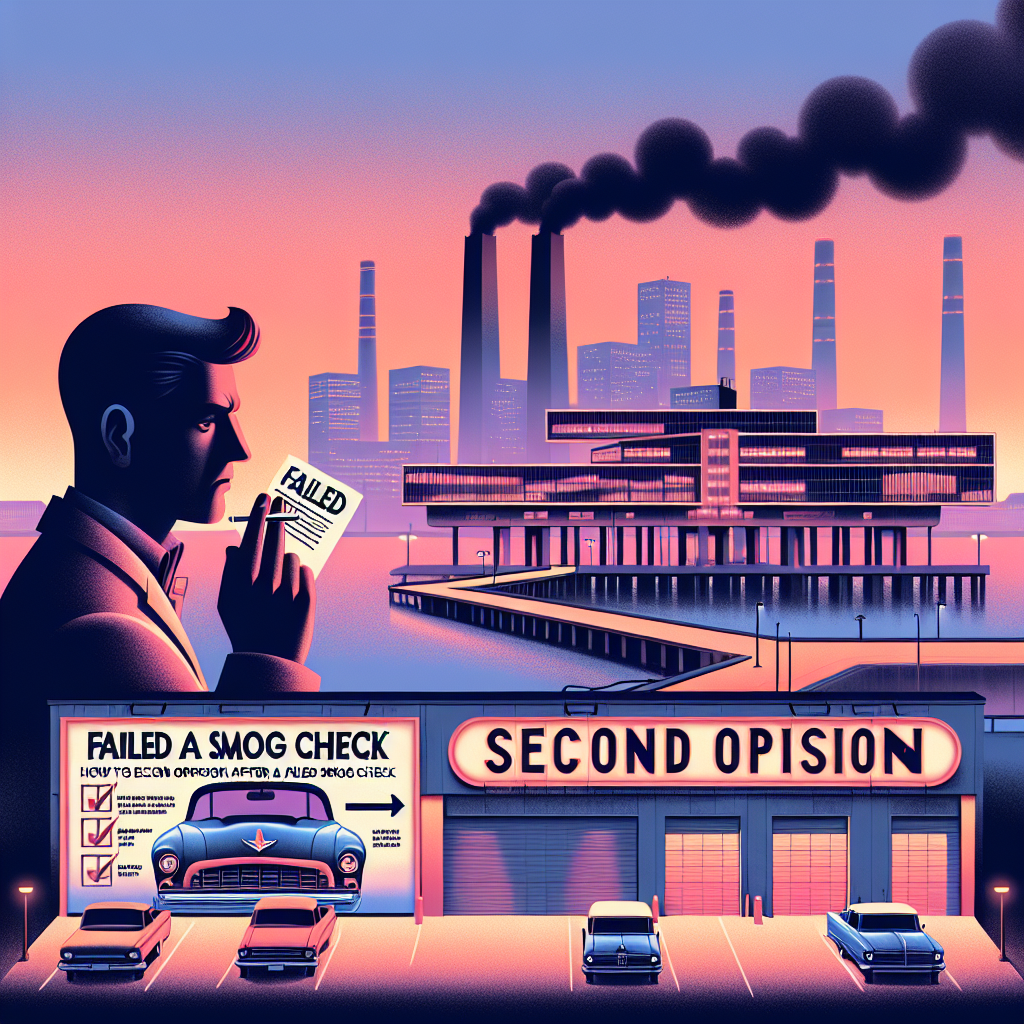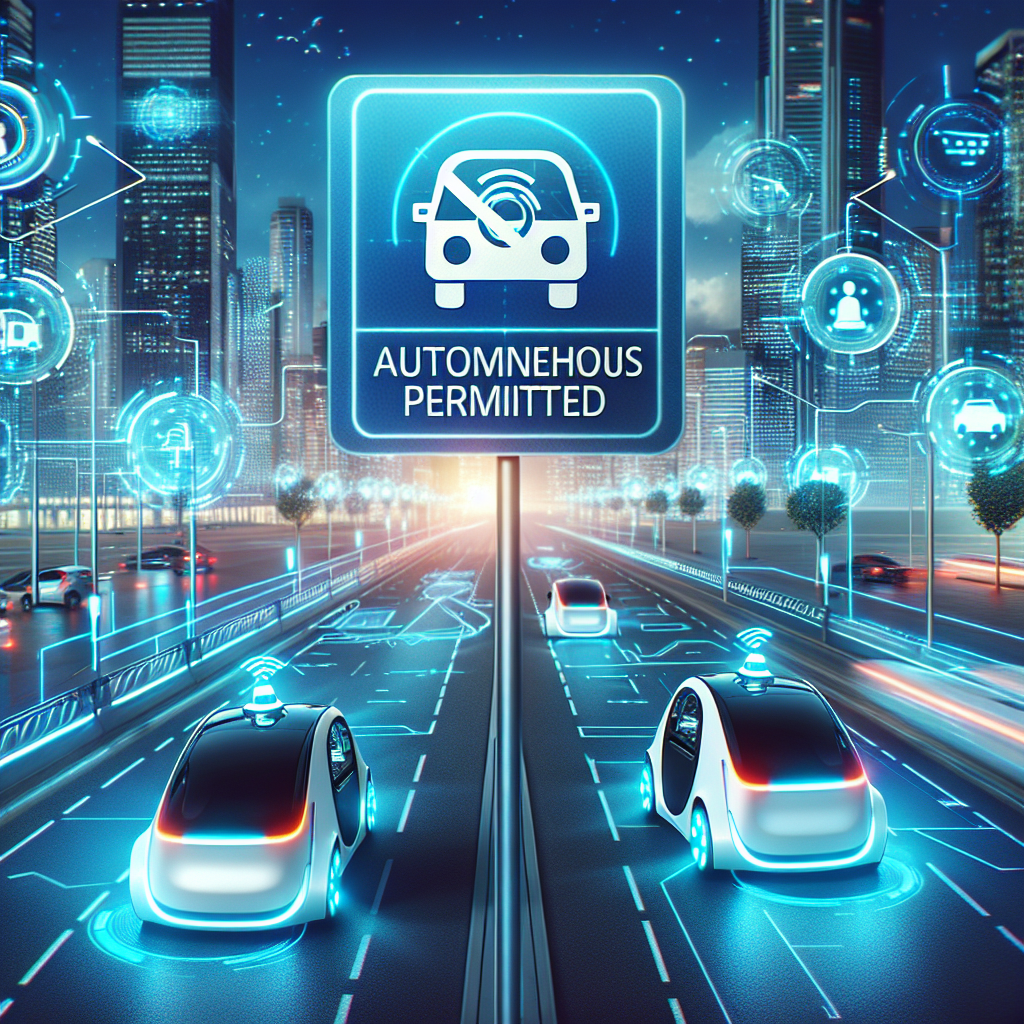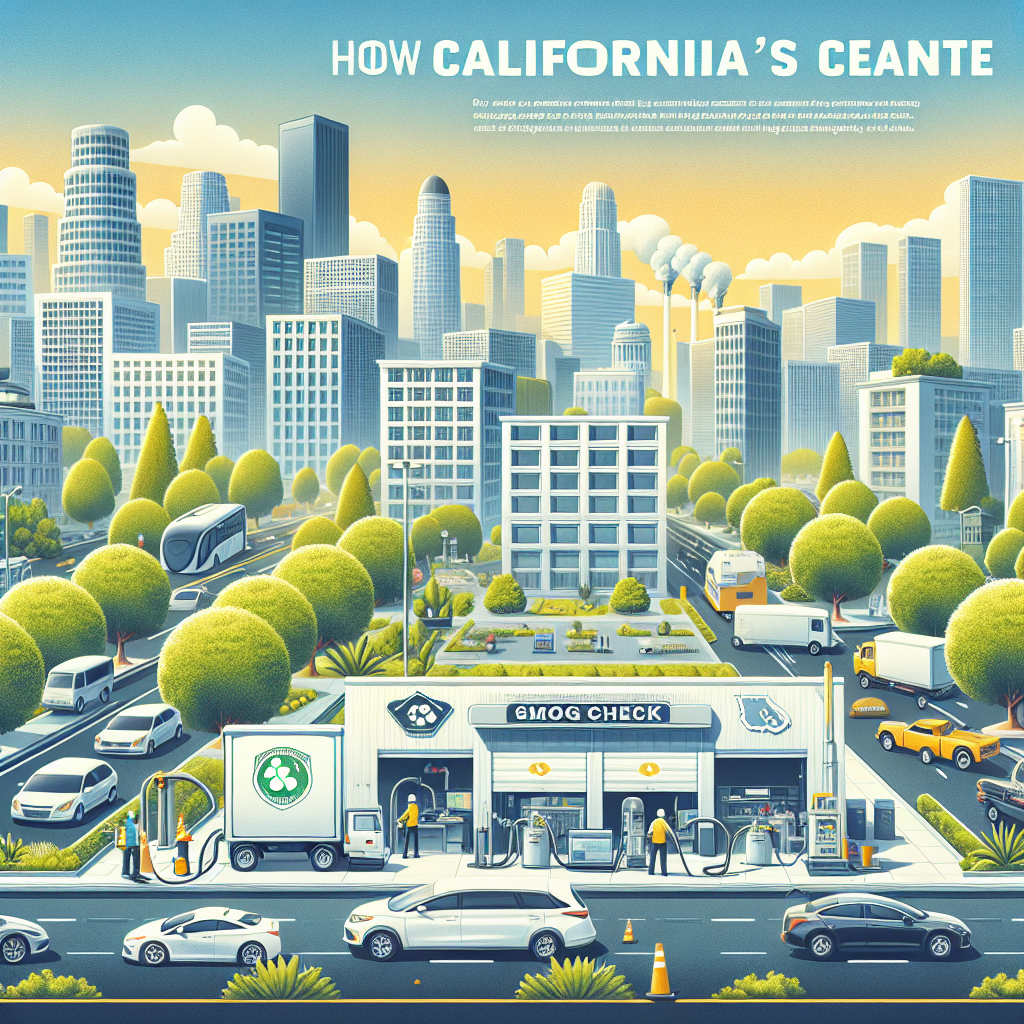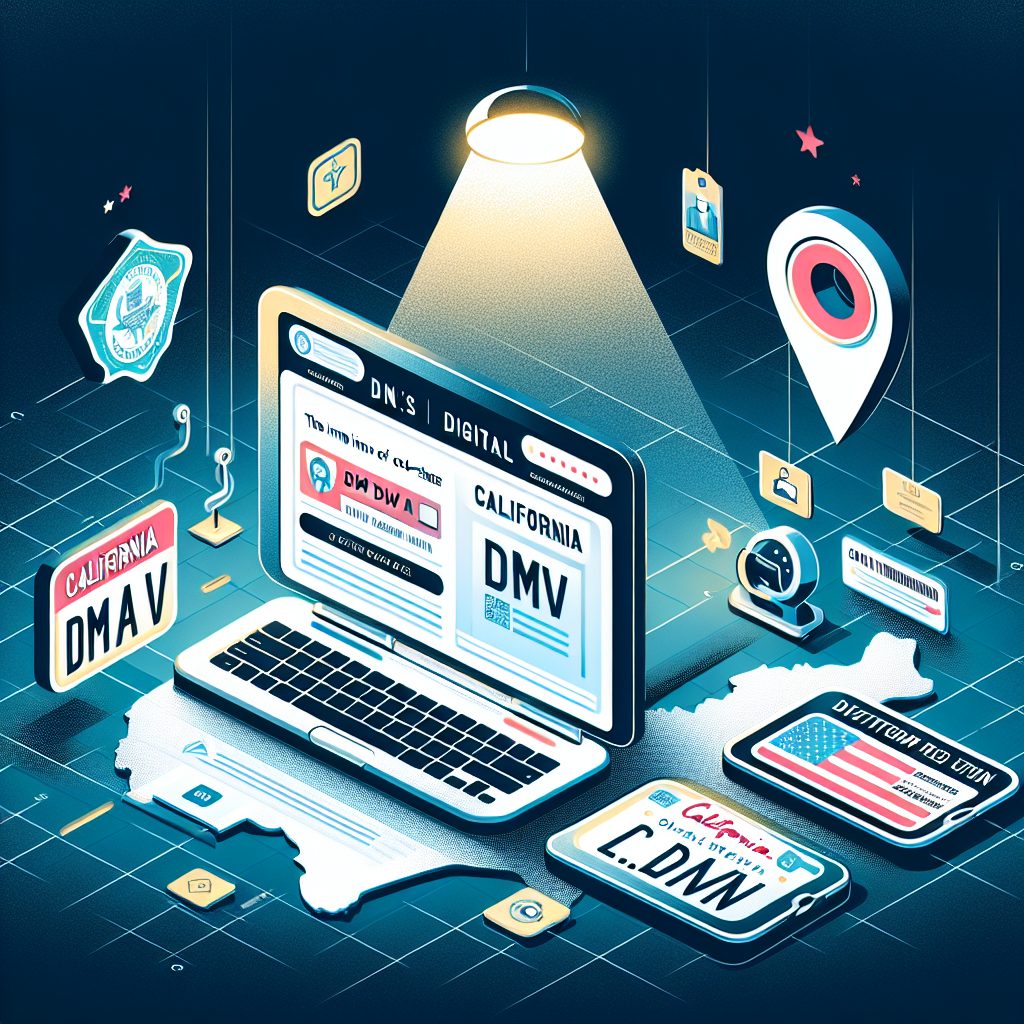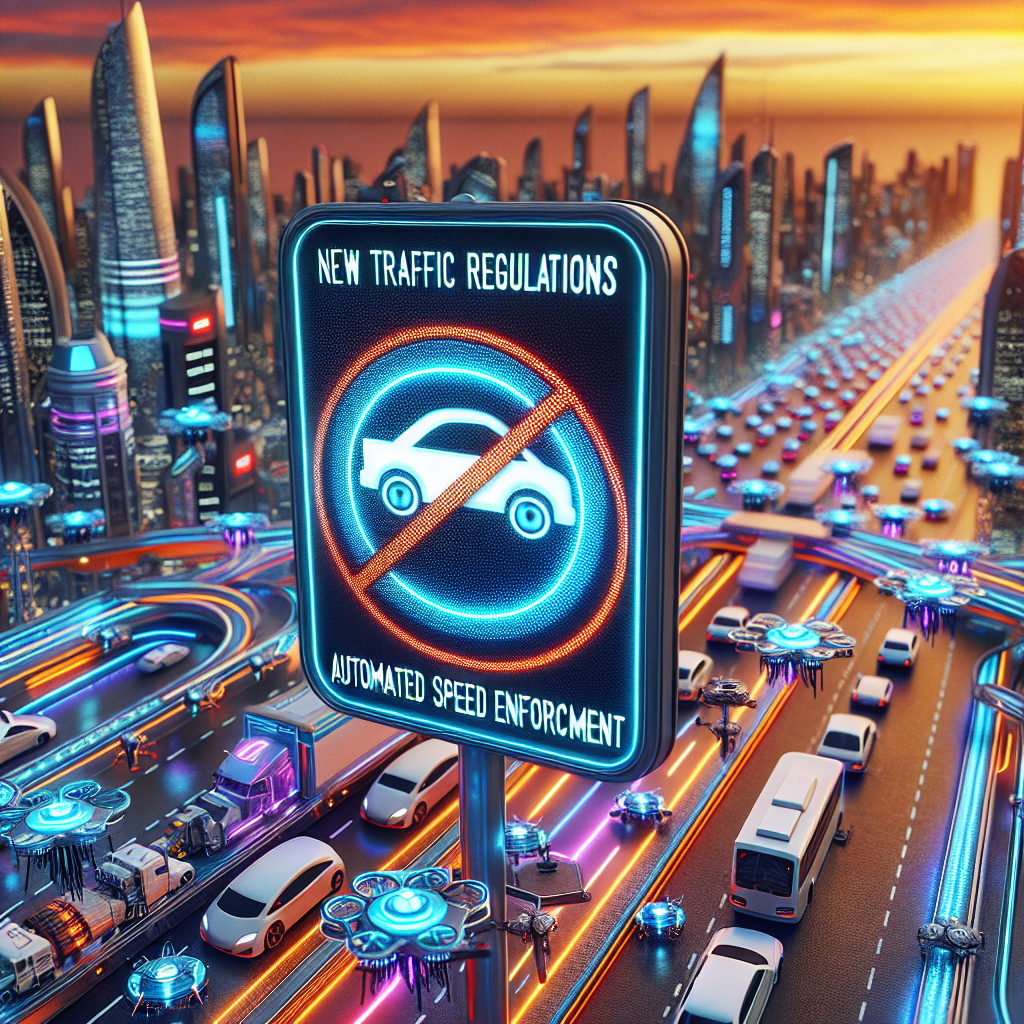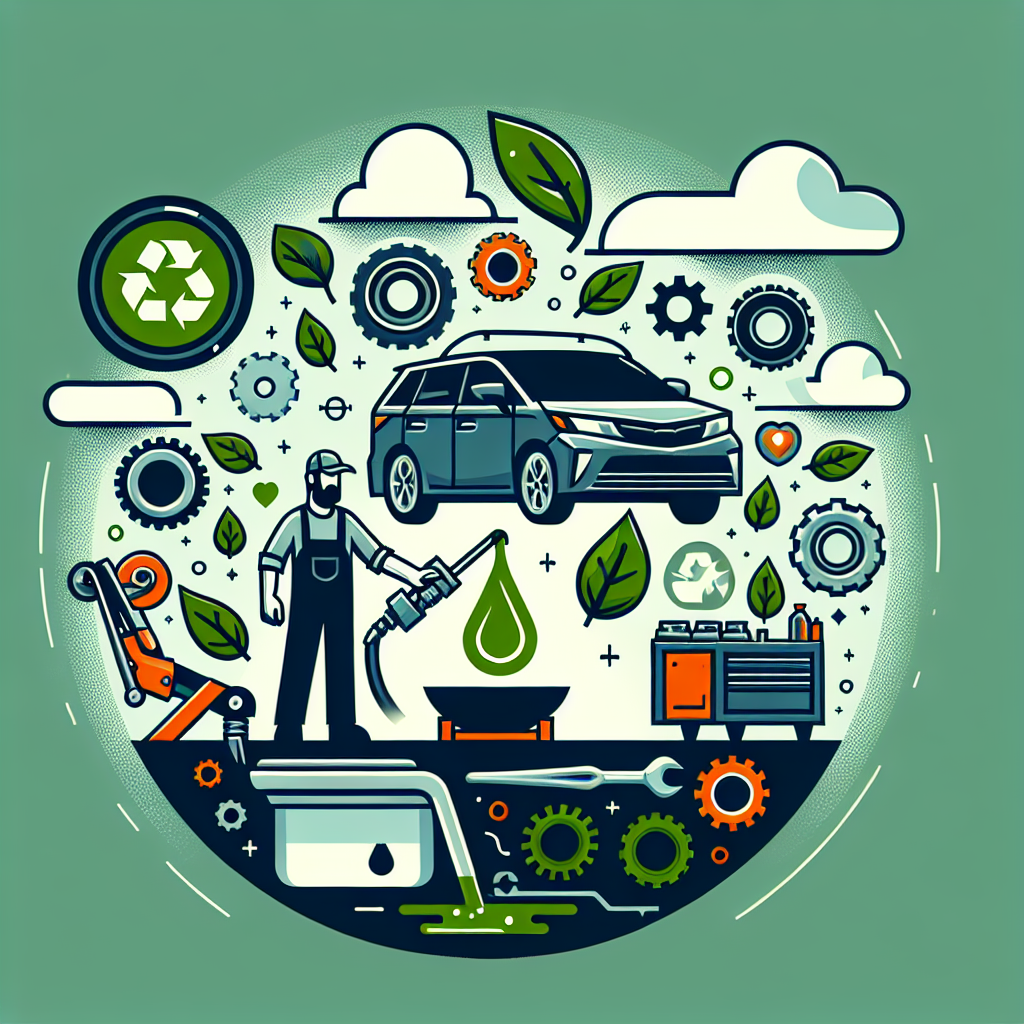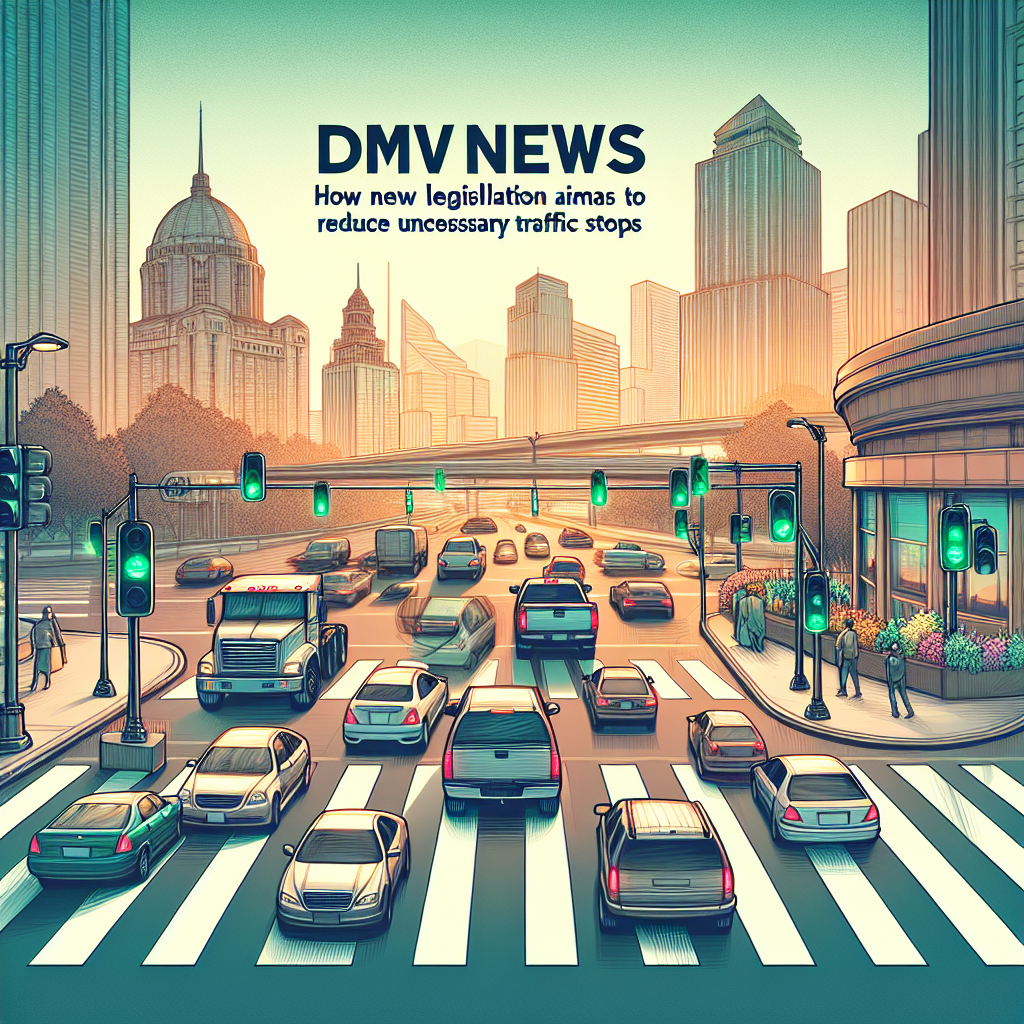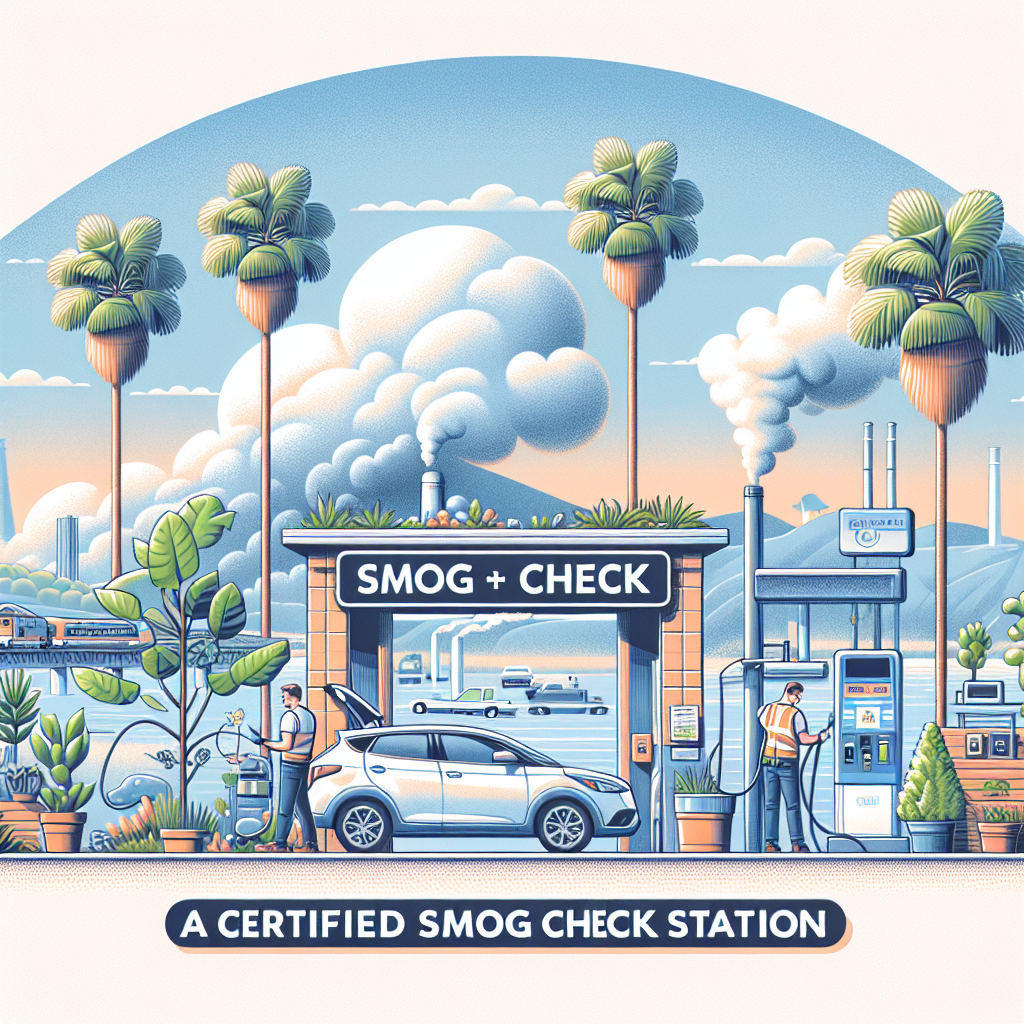How to Get a Second Opinion After a Failed Smog Check
Introduction
Let’s face it—failing a smog check is like getting a flat tire. It’s unexpected and really frustrating! These checks are super important because they make sure our cars aren’t polluting too much, and they keep us driving legally. So, what should you do when you get that failing report? This guide will help you figure out how to get a second opinion, so you can drive away with confidence.
Understanding the Smog Check Failure
First things first, it’s important to know why your car didn’t pass. Some common reasons are high emissions, a check engine light that stays on, or even a loose gas cap. Take a close look at the report from the test center. This report shows exactly where your car didn’t do well. Understanding this can help you decide what to do next without getting too stressed out.
When to Seek a Second Opinion
Sometimes, it’s a good idea to get another opinion on whether your car really failed. You should think about getting a second opinion if:
- The first report seems confusing or doesn’t make sense.
- You didn’t expect to fail because you take good care of your car.
- Another mechanic you trust has said something different.
Getting a second opinion isn’t something you should do automatically. It should be a careful choice, especially if fixing things might cost a lot more than the benefits.
Preparing for a Second Opinion
Get ready by collecting all the important papers like the original smog check report, maintenance records, and any repair documents. Next, do some research. Find a good smog testing center or a mechanic with strong recommendations and good reviews. When making an appointment, think about the questions you want to ask, so you get the most out of your visit.
During the Second Opinion
Now it’s time for the new test. Be sure to ask the right questions:
- What tests will they do during the second check?
- How much might the repairs cost?
- How long will it take?
These questions will help you understand what’s happening and compare it with the first report. Stay involved and see what the mechanic does. Being aware is key to getting accurate results.
Making an Informed Decision
Once you have the second opinion, understand what it means. Decide if repairs are necessary and what should be fixed first. Think about how cost-effective each option is, and remember that you have to stay compliant with regulations for future checks. Make your decision by balancing new insights from the second opinion with your budget.
Next Steps
If your car needs repairs, find a qualified professional to do the work. Make sure your vehicle is ready for a re-test so you don’t fail again. This is also a great time to start doing regular maintenance to keep your car running well and avoid future problems.
Conclusion
Getting a second opinion can save you from unnecessary expenses and help solve the issue quickly. Having the right information and thinking carefully can save time, money, and stress. Remember, knowing about your car’s health and the rules is really important. Stay informed, share your experiences, and don’t be afraid to ask for help if you need it.
Additional Resources
For more info, check out these links:
- California DMV Smog Information
- AAA’s Tips for Passing a Smog Check
- Local Certified Smog Test Providers
Think of this as a chance to learn, not as a dead-end. It might be a great way to save time and money. Remember, we’re here to help make your journey smoother, whether you’re on the road or dealing with smog checks!
Call to Action
At Tags Clinic, we’re always here to help. Visit us at 3845 University Ave, San Diego, CA or give us a call at 619-777-9046. We’re equipped to assist you with your vehicle’s health and smog checks. Get back on the road with the confidence that comes from knowing you’re in good hands. For more information, visit the Tags Clinic website.
